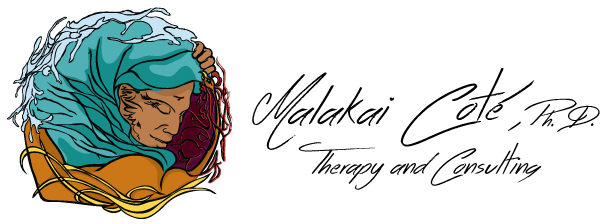A variety of methods can assist to regulate emotions and re-wire trauma responses. Sometimes prayer helps. Sometimes meditation helps. Sometimes going on a jog helps. Sometimes watching children laugh helps. Sometimes talking to trustworthy people helps. Sometimes sitting and just allowing oneself to be really helps. Sometimes specialized psychological treatments that promote exposure to fear-based responses such as Eye Movement Desensitization and Reprocessing (EMDR) can be helpful. All people have the capablity to sustain and thrive even in the wake of trauma and emotions that can feel overwhelming and difficult to handle.
What I have learned through engaging in mindful movement is that emotions do a very curious thing. In my practice, I have learned to be present in my body and locate the source of the "upset." The hip joints can often be a hub for both sadness and anger. The location for other folks could be in a variety of areas in the body (e.g., shoulders, low back, abdominal region). The “upset” can often manifest as tightness, holding, or general discomfort. In my areas of upset, I have noticed that as I breathe deeply into those areas and really sink in that place, that a shift can happen. This shift is not devoid of uncomfortable and challenging thoughts, feelings, and sensations, however. Uncomfortable sensations often grip the body and influence thoughts such as, "this is too hard" or "it hurts too much.” From practice, I have continued to observe that these thoughts are thoughts; they are patterned cognitive functions that at times may limit our abilities to stay aware and open for present moment opportunities and be free to experience other life possibilities. Sometimes it takes hours, days, or even weeks, but there is an indicator of shift. Overtime, I have noticed greater flexibility and willingness to go deeper toward a more healed place. Instead of battling the tightness or the pain, there becomes a re-orientation to what has felt familiar. It becomes a process of finding the balance between what feels like “too much” and completely avoiding the challenge. Facing hardship and approaching difficulty is not an easy task, but when allowing one’s self to approach, greater opportunities for change exist. This process can be further supported in the company of folks who are trained to address emotional “stuckness” and overwhelm.
